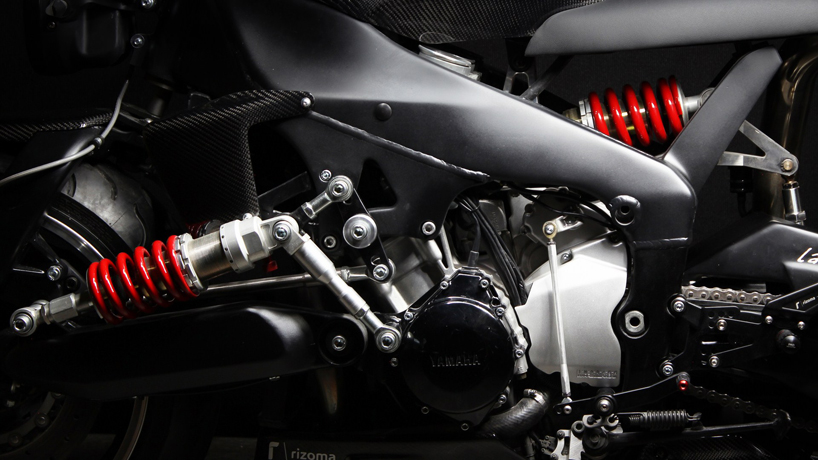Individual Guide On Shock Absorbers
 Although cars and bikes are among the most numerous types
of vehicles on the road today, other vehicle types such as vans, pickups,
commercial trucks, buses and even motorcycles make up the vehicles we see on the
road every day. Since these vehicles have different weights, sizes and
applications, there is no one-size-fits-all formula for suspension design. Of
the suspension designs in use today, the most evolved would be those used for
luxury sports sedans and sports cars. Starting from the beam axle and leaf
springs designs that took their inspiration from horse-drawn buggies, modern
high-end performance car suspensions feature dual-wishbone or multilink
suspension designs. These suspension components will be made from lightweight
materials, primarily aluminium, which offer much lower unsprung weight compared
to stamped steel. Additionally, these suspensions will be complemented by high
durometer bushings, anti-sway bars and high-performance shock absorbers.
Although cars and bikes are among the most numerous types
of vehicles on the road today, other vehicle types such as vans, pickups,
commercial trucks, buses and even motorcycles make up the vehicles we see on the
road every day. Since these vehicles have different weights, sizes and
applications, there is no one-size-fits-all formula for suspension design. Of
the suspension designs in use today, the most evolved would be those used for
luxury sports sedans and sports cars. Starting from the beam axle and leaf
springs designs that took their inspiration from horse-drawn buggies, modern
high-end performance car suspensions feature dual-wishbone or multilink
suspension designs. These suspension components will be made from lightweight
materials, primarily aluminium, which offer much lower unsprung weight compared
to stamped steel. Additionally, these suspensions will be complemented by high
durometer bushings, anti-sway bars and high-performance shock absorbers.
The top performance car manufacturers even employ
shock absorbers that contain magnetic fluids whose damping rate is controlled
electronically. But again, these are automobiles intended for road use where
ride quality and handling performance are paramount. The other end of the
spectrum for vehicle suspensions would be suspensions used for off-road
vehicles. Rather than concentrating on ride quality and on-road handling,
vehicle suspension types for off-road use are focused on suspension travel,
stability, component strength and ground clearance. It is practically a
requirement to use beefy suspension arms and oversized long-travel shock
absorbers if a vehicle is to qualify as a true off-roader. With a four-wheel
drive vehicle, reliability and traction are key factors to consider, and so it
is not uncommon to see live axle suspensions seeing regular use even today. In
fact, some hardcore off-roaders convert the independent front suspensions of
their 4-wheel drive vehicles to a live axle because of the strength and constant
ground clearance inherent in this suspension design.
In this regard, mid-size crossovers do not
qualify, even if they are equipped with all-wheel drive. Some SUV manufacturers
do not even attempt to advertise their AWD SUVs as an off-road vehicle. Such is
the case with BMW's X5. Vehicle suspension types for utility vehicles fall
between the types discussed above. Vans and pickups are expected to carry people
and large heavy loads, and sometimes both at the same time. In this regard, the
vehicle suspension type typically employed with vans and pickups are an
independent front suspension layout with a coil-sprung multilink suspension
locating a live axle at the rear. Nowadays, some car manufacturers offer
crossover vehicles with fully independent suspensions front and rear. Despite
looking like heavy-duty vehicles, mid-size SUVs using this vehicle suspension
type cannot be expected to haul or tow heavy loads.
Comments
Post a Comment